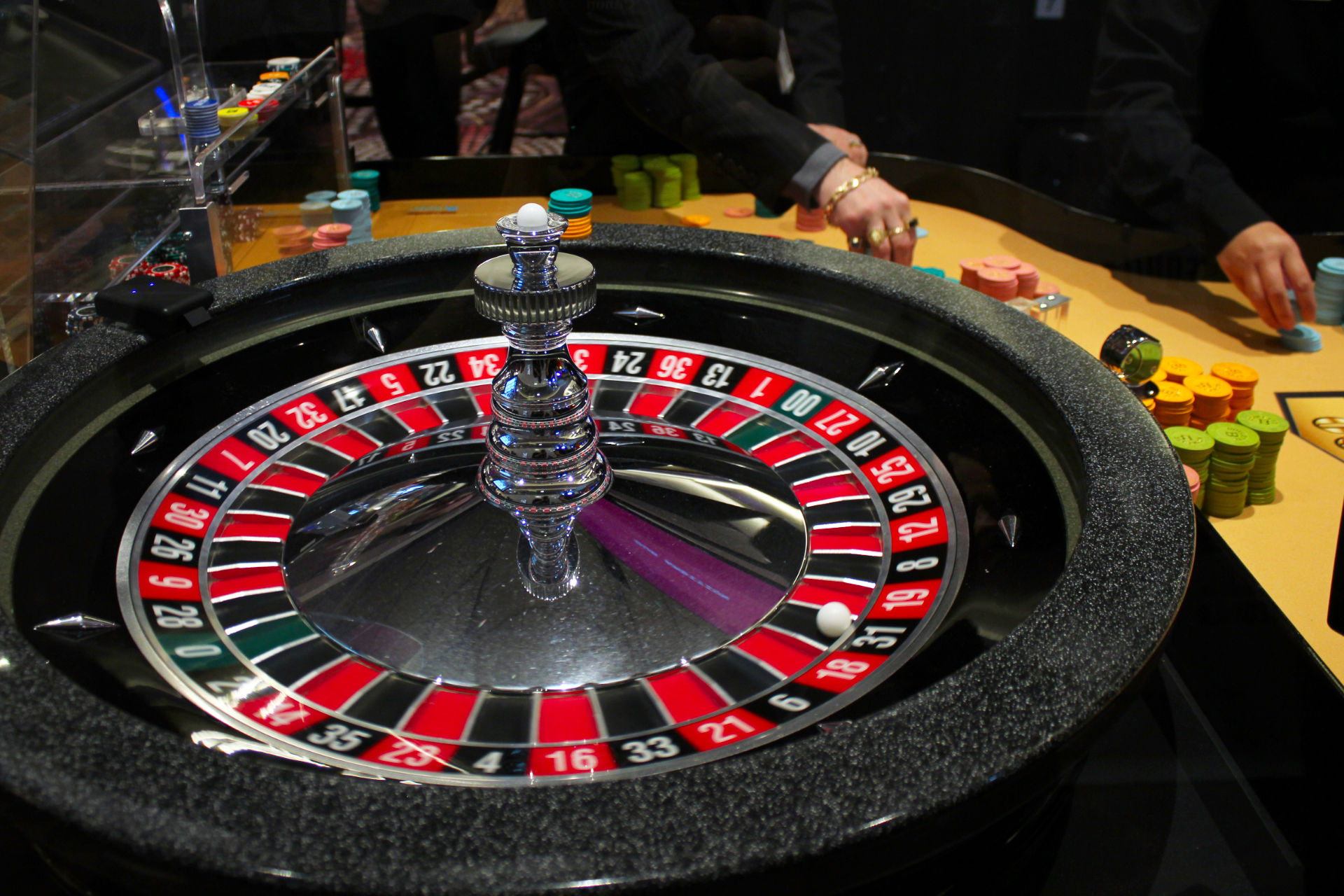When it comes to slot games, players often become captivated by the shimmering lights, engaging themes, and the adrenaline of the reel spins. But behind the glamour and fascination lies an important concept that every player should understand: Return to Player percentage, or RTP. This key metric plays a significant role in influencing how much of your wagered money will return to you over time, affecting your gameplay and strategy as you play.
RTP is typically represented as a percent and indicates the mean amount of funds returned to players compared to the cumulative wagers. For instance, if a slot game has an RTP of 95 percent, it means that, on the average, players should anticipate receiving $95 for each $100 wagered. Understanding this concept can help players make informed decisions when deciding on slots to spin, ultimately boosting their enjoyment at the casino.
What the meaning of RTP?
RTP, often called RTP, represents an important element in the field of slot machine games. It indicates the percentage of total bets which a slot machine is programmed to pay back to players in the long run. For example, if a specific slot has an RTP of 95 percent, this means that, in theory, players can expect to get back 95 dollars for every 100 dollars placed during extended play. Understanding RTP assists players evaluate the potential returns of the various slots available.
RTP does not serve as a promise of individual wins but rather an average calculated over many spins. Each player’s experience may differ significantly because of the luck intrinsic in the games. A greater RTP indicates better odds for the player, thus making it a critical consideration to consider when choosing the slots to play. Nonetheless, despite having high RTP, there can be periods where players face losses, since randomness plays a significant role.
It should also be noted that various slots have varying RTP percentages. Some slots could display a reduced RTP because of a significant enjoyment or special features, while others hold a increased percentage to attract more cautious players. Understanding RTP empowers players to make informed decisions about their play strategies and oversee their bankrolls wisely while enjoying the excitement of casino slots games.
The Way RTP is Determined
The Return to Player, also known as RTP, is a vital indicator within the world of casino slots titles. It indicates the proportion from total bet funds which a slot machine is expected to return to players over time. đá gà trực tuyến Understanding how RTP can be derived demands insight of the dual aspects of the game’s design and its reward system. This RTP is determined via intricate calculations as well as data evaluation performed during the game development process. Game developers take into account multiple elements, which include the likelihood of successful outcomes and the magnitude for returns on each outcome.
In order to compute RTP, developers simulate a significant quantity in terms of rotations of the slot machine. These modeling efforts help determine the average amount that typically, a gambler is likely to earn based on their bets. For instance, if a slot game boasts an average return of 95 percent, it suggests that, theoretically, for every $100 bet, gamblers can expect to get ninety-five bucks in return over time. That value does not indicate how much a gambler might receive in a single play or during a couple of spins; rather, it shows overall payout expectations.
RTP values are usually disclosed by the gaming house and game creator. Players should consistently seek out such information when choosing a casino slots, as it can significantly influence their overall enjoyment. A greater RTP usually indicates a better probability to recoup a segment of bets, although individual sessions can vary considerably. Understanding this concept can help gamblers to choose wisely while improve their overall enjoyment in the realm of slot games.

Value of RTP in Gaming
Grasping the Return to Player or Return to Player is crucial for any player involved in slot machines. RTP refers to the proportion of total bets that a slot machine is designed to return to players over the long run. A greater RTP means that gamers can anticipate receiving a bigger portion of their wagers back, making it an valuable factor for those looking to enhance their gaming experience. Knowing this figure helps players make informed decisions about which games to play, as it can profoundly influence their chances of winning.
Additionally, Return to Player holds a central role in the overall equity and transparency of slot games. Gamers are often attracted to slots with higher return rates because they provide a superior chance of success over the duration of gameplay. Casinos and game developers use Return to Player as a selling point to attract players, ensuring they maintain a lead in the booming gambling industry. By understanding of Return to Player, players can select slots that align with their risk tolerance and objectives.
Finally, the concept of Return to Player promotes safe gambling behavior. By understanding that not all games will provide short-term winnings and that RTP is determined by long-term play, gamers can regulate their expectations and playing habits effectively. This understanding enhances the enjoyment of casino slots while fostering a more balanced gambling landscape. Players who comprehend the importance of RTP are more prone to have a better time and reduce the risks of gambling issues.